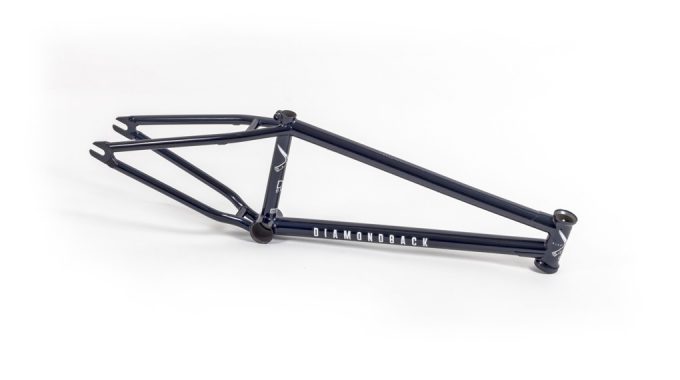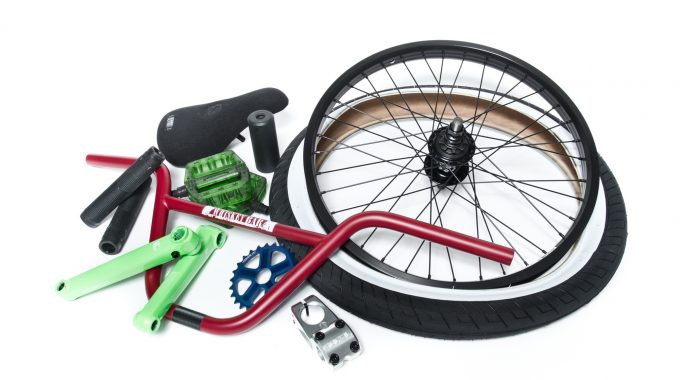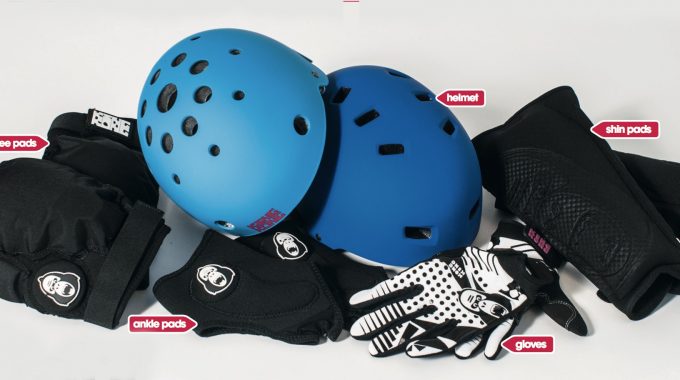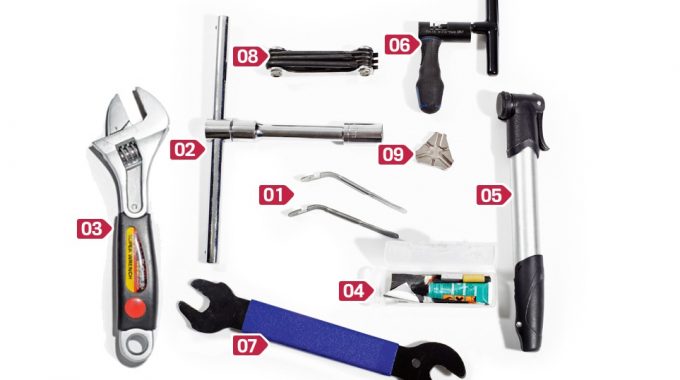From Ride UK BMX Basics
Deciding where you ride will often be determined by where you live. Here’s a rundown of four popular types of riding and hints and tips about them.
Check out Ride UK’s Spot Checks for the best UK skateparks
Tip: Use the left / right arrow keys

Street
Street riding is one of the most accessible types of riding you can get into, all you have to do is walk out of the door. Empty car parks or even a quiet stretch of road are all you’ll need to master the very basic tricks. Street riding is very much what you make of it, it’s surprising how much fun even the small stuff by your house can be. It can also be the hardest on you and your bike; the terrain is notoriously unforgiving. Bikes tend to be built stronger, with shorter back ends, higher stand over heights and slightly steeper front ends than trails and ramp oriented frames (frame geometry is explained better on pages 16-17). Just like with any other type of BMXing, there’s no rules to riding street, using your surroundings creatively is the thing to remember. Security can be an issue at times, the best way to deal with any confrontation is to be polite and leave when asked. This way you won’t ruin any future chances of hitting the same spots. Sundays are good days to ride street in towns and cities as this is when they’re the emptiest.

Skate parks
Skateparks first appeared in California during the 80’s when skateboarding was experiencing its first boom. The bowls and transitions that first appeared were simply recreations of the empty swimming pools and banks that skateboarders (and in some cases, BMX’s) had been making use of. The UK started to get its first skateparks in the early 70’s as the continuing boom in the U.S hit our shores. Some of these parks can still be seen today in places such as Harrow, Romford, Southsea and Livingston in Scotland. Even after all those years they still provide some of the most challenging terrain available. Skateparks have never been so popular in the UK as they are today. Most are free and unsupervised and whilst safety equipment is advised, it’s often up to you to make a decision on whether or not you want to wear a helmet. Long lasting concrete parks are common in many towns and cities. Plazas, which recreate rails and ledges, have also become common, sometimes even becoming incorporated into street spots themselves, as can be seen at Milton Keynes bus station or South Bank in London. Wooden parks are still common in the UK, with some councils choosing wood for its cheaper short- term costs. Indoor parks are exclusively wood-built. These supervised locations usually run in sessions. Whilst costs vary between parks, it’s usually around five pounds for a three to four hour session. Helmet hire is available at most indoor parks too, for a small extra cost.

Trails
For many, trails proves to be the most satisfying aspect of BMX. In much the same way to street riding, trails is what you make of it. Riders will spend years, decades even, refining and expanding upon their spots. It’s an often frustrating yet ultimately rewarding commitment. Wet summers will often break the spirit of a trails rider who has spent a winter digging. Yet even through all the bad weather, nothing beats a summer’s day at the jumps. If you’ve got trails nearby and you want to ride, you’ve got to be prepared to dig! There’s no point turning up every weekend wanting to ride when you haven’t even lifted a shovel, locals soon grow tired of that. People will appreciate the effort and hopefully be ok with you riding. You’ve got to remember that these places aren’t council-run, so locals will be protective about the location of these places. You won’t find lists on the internet telling you the whereabouts of trails and there’s good reason for that. What’s even better than simply turning up at an already established set of jumps and mucking in is to start your own. Over a weekend, with a few mates you’ll be surprised how much you can get done. Imagine how much you can get in a month, then two and so on? Now you can build exactly what you want. Location is everything with trails. Ideally, you’ll be looking for a spot that’s completely isolated, near a water source (this’ll come into its own during dry summers) and with good quality mud. Sandy trails will dry and drain off quicker than clay but will take more maintenance in the summer months. Trails in woodland always have a nice feel to them, but the shade will also mean any wetness will hang around for longer. The best thing to do is find a good place to start digging, once you’ve got that you’re halfway there. Hopefully everything else will fall into place afterwards.

Racing
Although racing might seem a long way from such aspects of BMX like street riding, it’s essentially where it all began. It was kids racing BMXs, and the bikes that preceded these, that eventually started dirt jumping and riding street. Whilst the competitiveness of racing might not appeal to everyone, racing can teach you a lot about riding your bike smoothly. The UK’s Forte brothers are testament to that, while over in the US, many of the top pros have raced at some point. Even Van Homan, one of the greatest street riders out there, raced BMX when he was younger. Racetracks are fun even without the competition, but if you feel like you’d like to compete, most racetracks have gate practice once a week and then throughout the summer races happen across the country. Websites such as www.bmxtalk.com have more info on this. To begin with, you can race on any type of bike you want but race bikes are generally bigger and lighter, with long back-ends and shallower head angles. They tend to be very specific to track racing so if you’re thinking about getting one, be certain you won’t be wanting to ride street or park. Not only will it feel sluggish when you hop, it’s not built for harsh drops and grinds. Younger kids might race on smaller, lightweight bikes before stepping up to 20” BMXs. Brakes and safety gear are all necessary for real races and the surfaces of tracks are notoriously unforgiving so getting padded up is a must. In fact it is compulsory to wear a full face helmet when racing.






Share